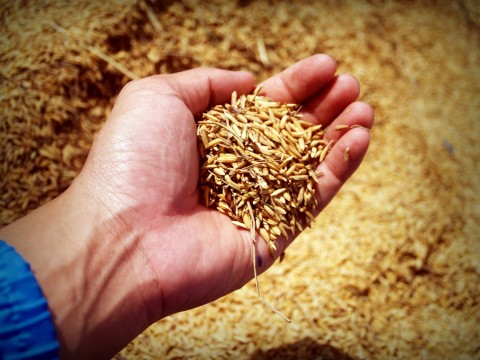Cadmium is known to pose severe risks to human health and thus is often studied by scientists. In some instances, researchers aim to decrease cadmium accumulation or improve the crops' ability to resist cadmium. Other researchers choose to study plants that can absorb cadmium in large quantities. These plants are studied for phytoremediation of cadmium in soil and water.
This study explains how aeration increases cadmium retention in the roots of rice seedlings. This study also shows that aeration helps the growth of rice seedlings as well as alleviates cadmium toxicity.
Hubo Li et al. Aeration Increases Cadmium (Cd) Retention by Enhancing Iron Plaque Formation and Regulating Pectin Synthesis in the Roots of Rice (Oryza sativa) Seedlings, Rice (N Y), 2019; 12(1):28. doi: 10.1186/s12284-019-0291-0.
Experience the NMT Physiolyzer® Our most advanced NMT system yet: This highly advanced instrument is allowing scientists to discover physiological functions of live samples in innovative new ways. With customizable software, you can choose from 14 ions and molecules for your own personalized system.
The Theory of NMT Check out the principles of how NMT works.


